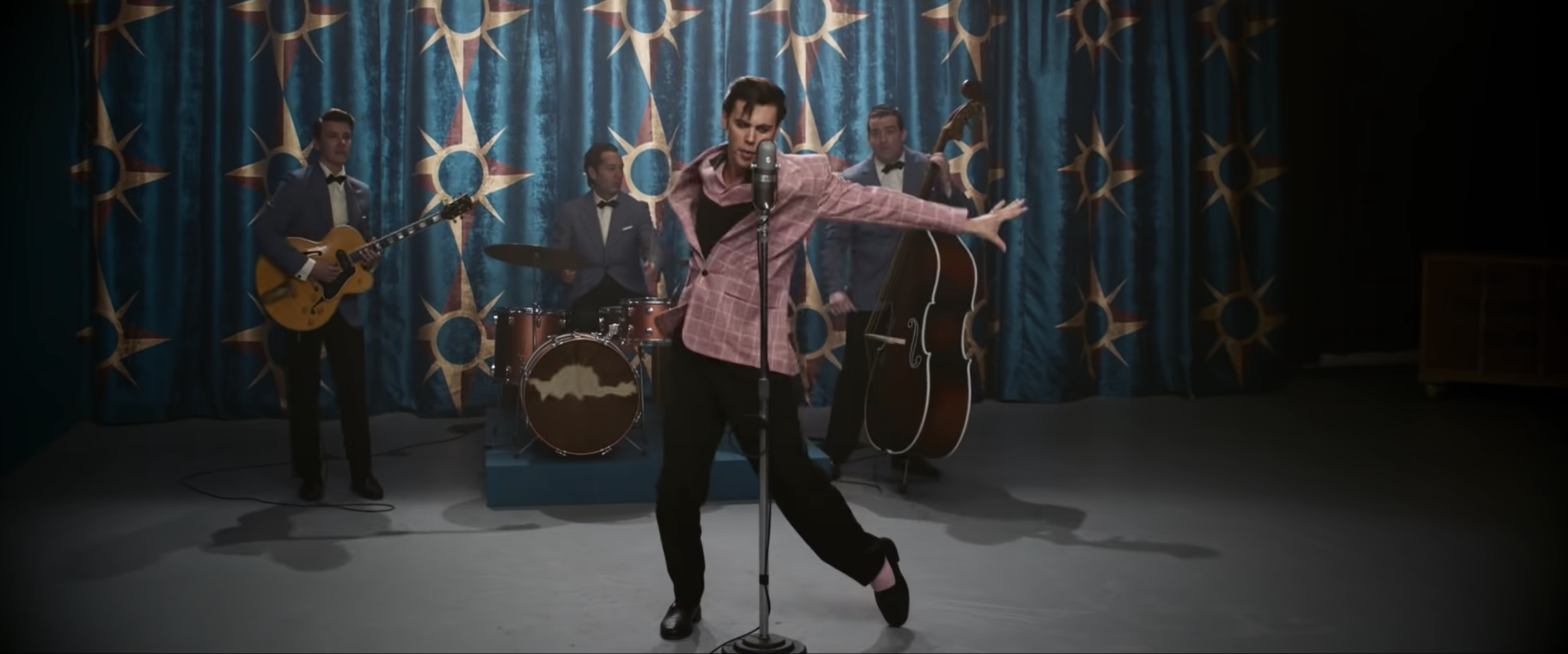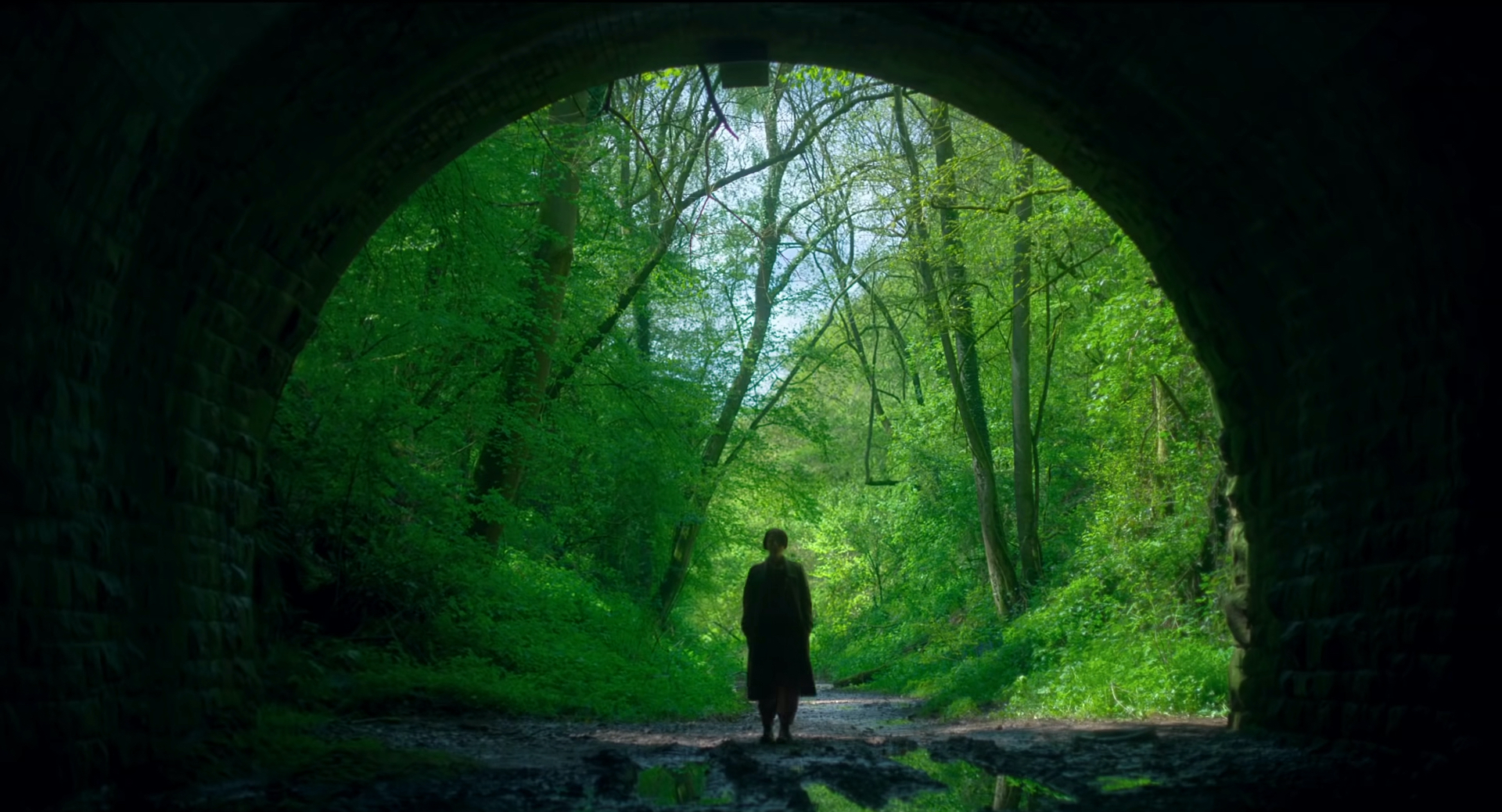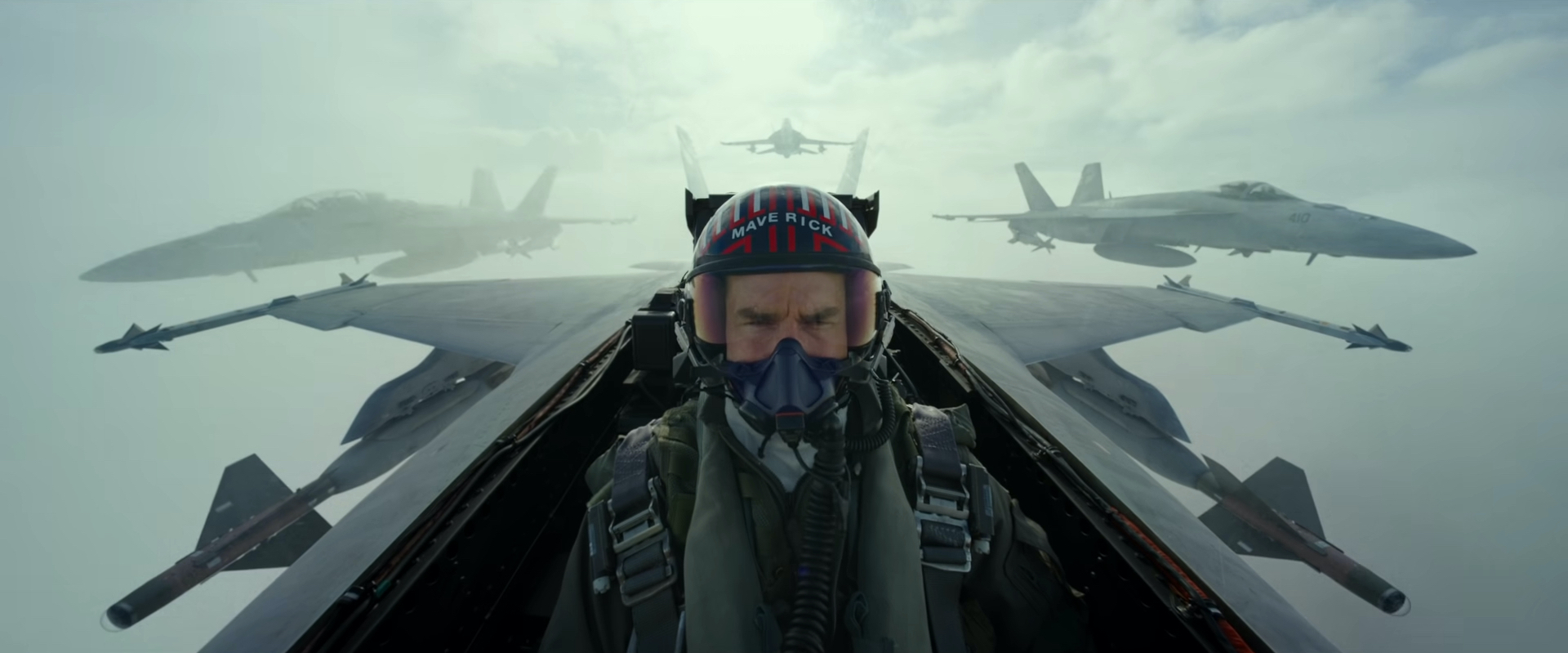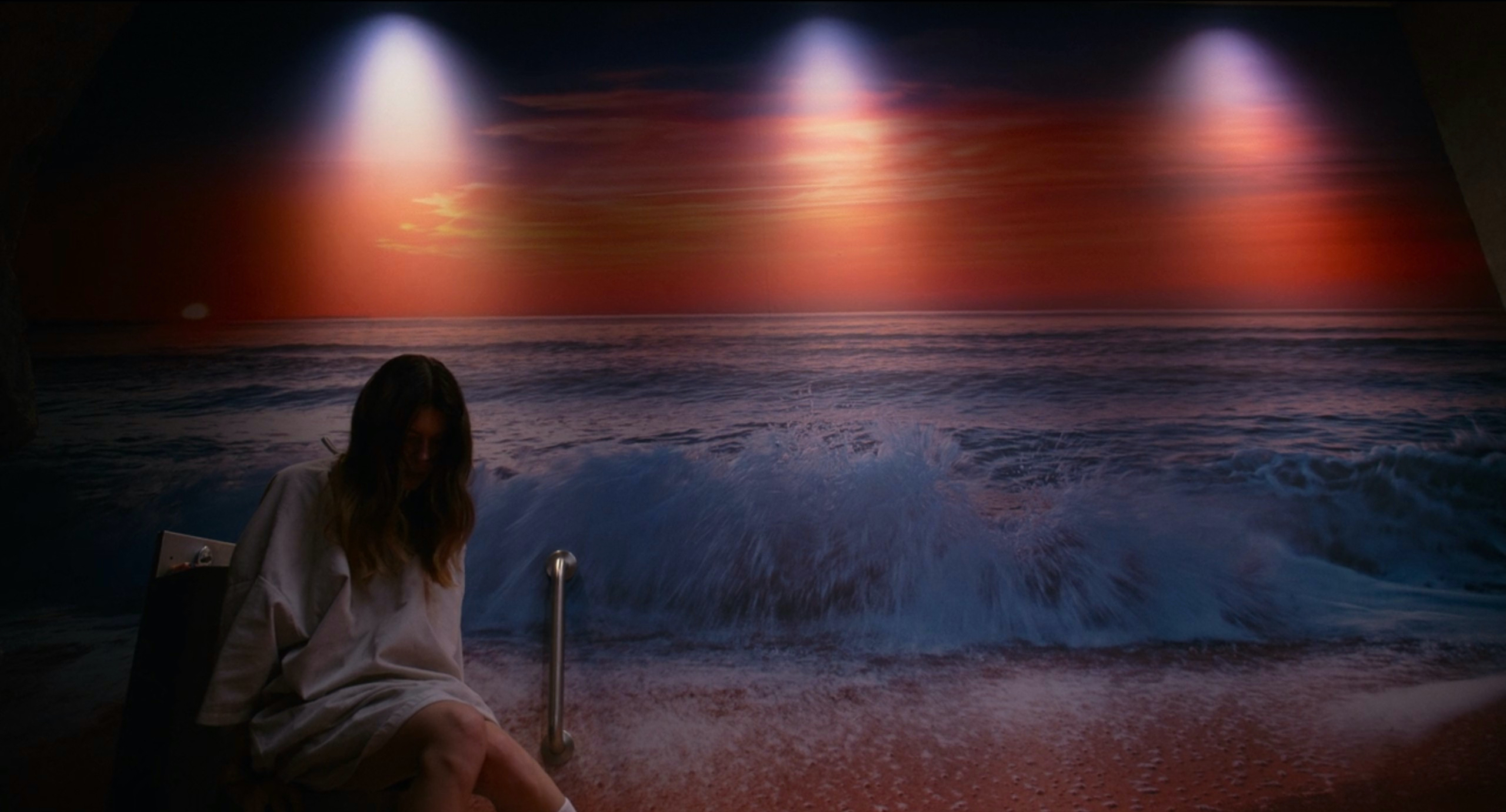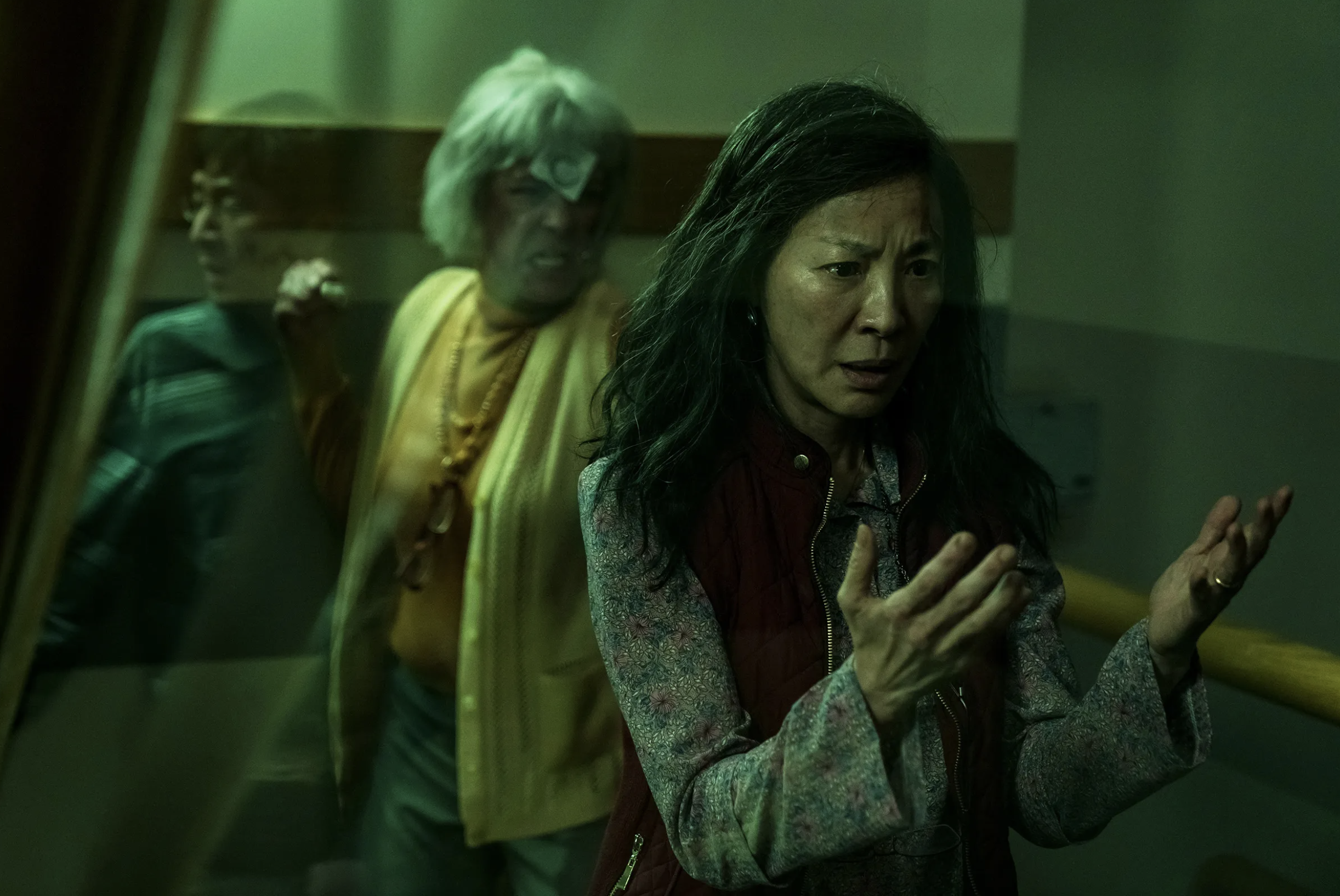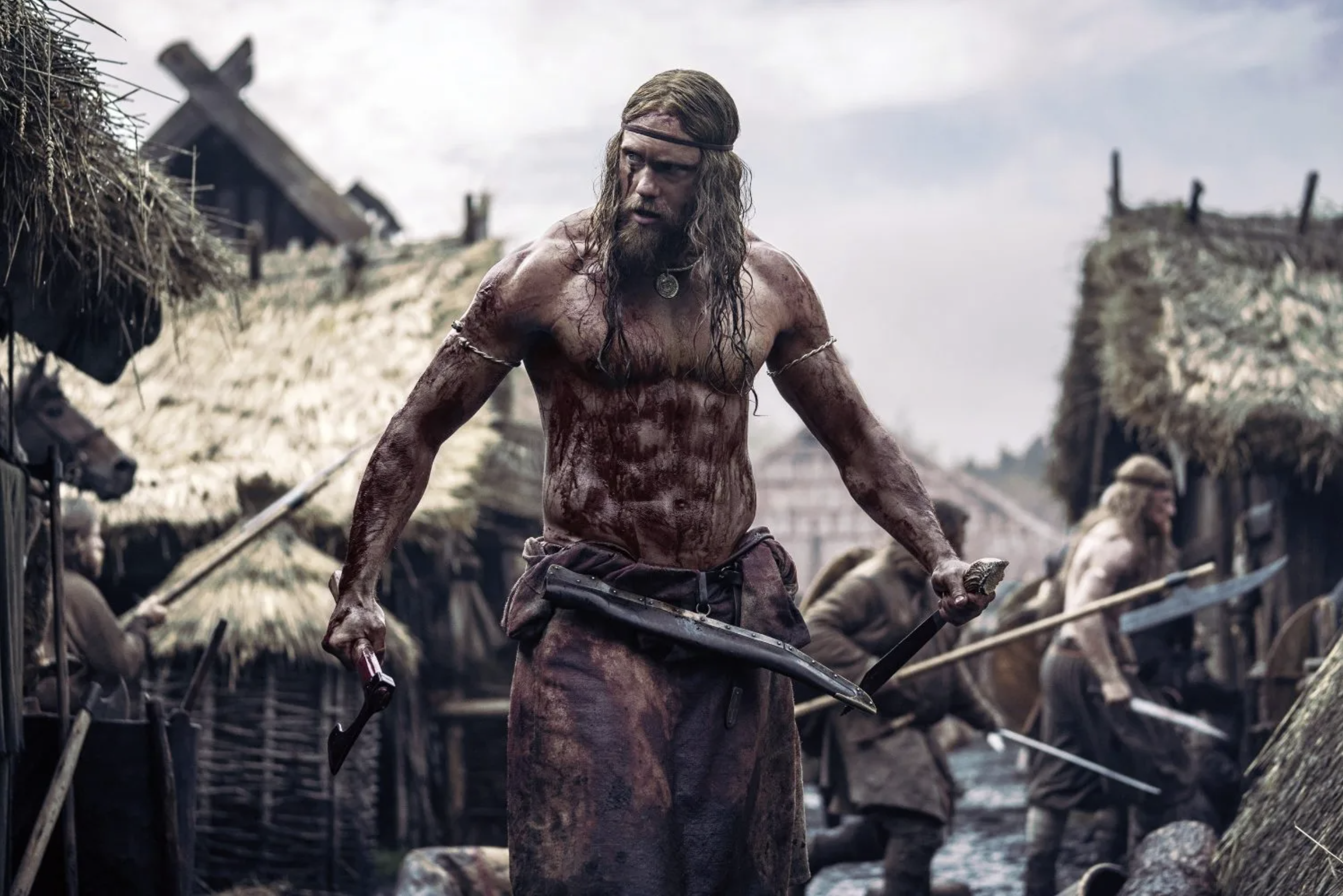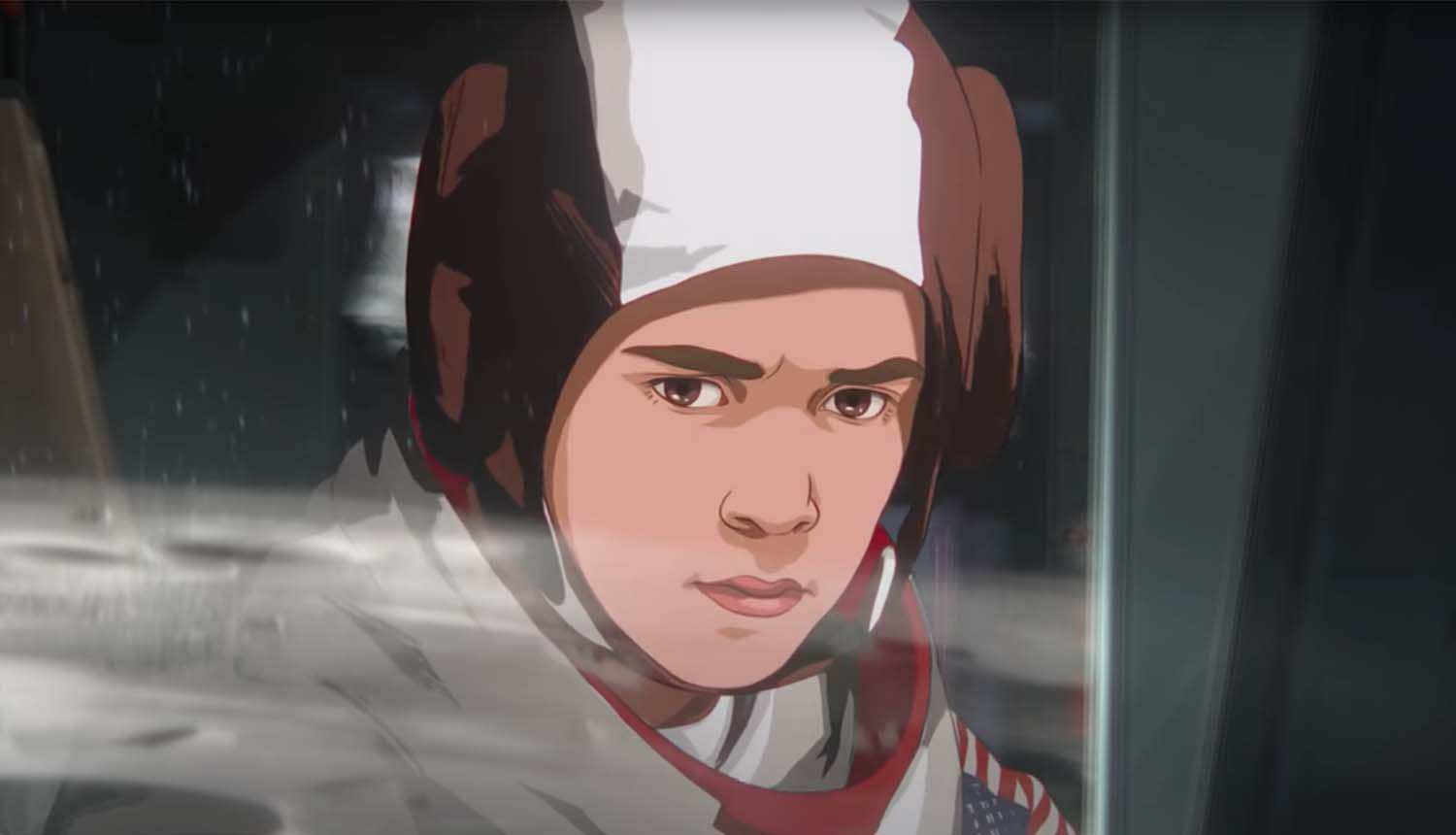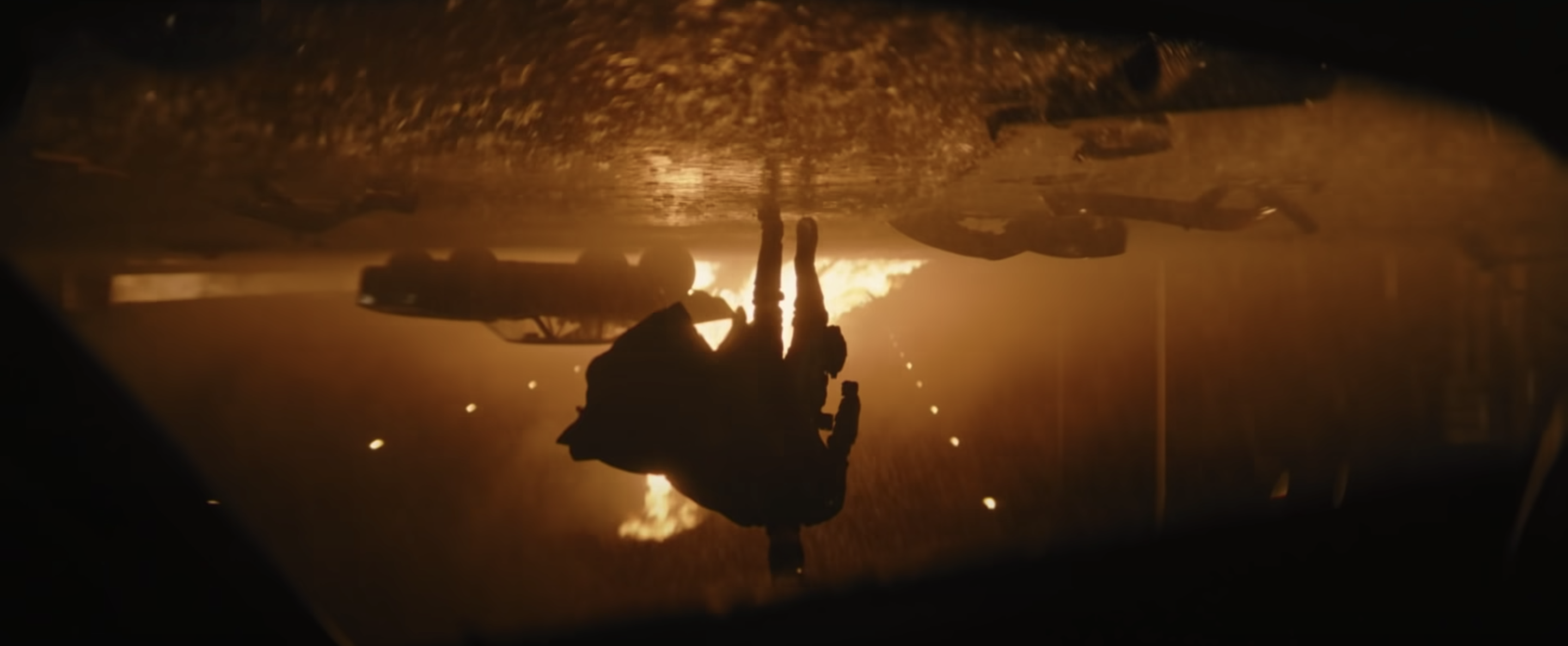Elvis (2022)
In piecing together artefacts of Elvis Presley’s inspiration and influence littered throughout the past century, Luhrmann melds anachronistic music, wildly kinetic camerawork, and imaginative editing together into a vibrant collage of immense artistic passion, effectively adopting the rockstar’s own form of rebellious creative expression.

